The Role of Proteomics in Aging Research
Introduction
Proteomics is a large-scale study of proteins, particularly their structures and functions. It is a vital part of genomics and plays a significant role in aging research. Aging is a complex biological process characterized by a progressive decline in physiological functions, leading to an increased risk of age-related diseases and eventually death. Proteomics provides a powerful approach to investigate the molecular mechanisms of aging and age-related diseases.
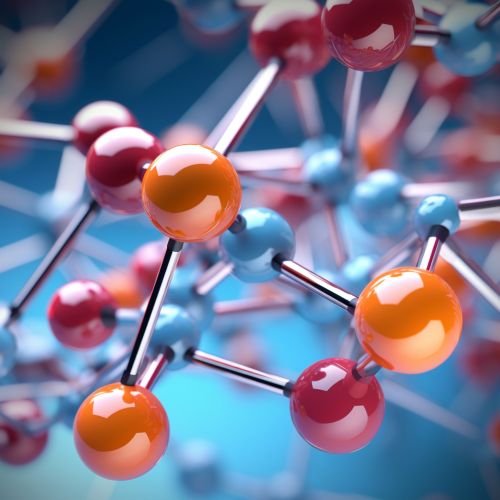
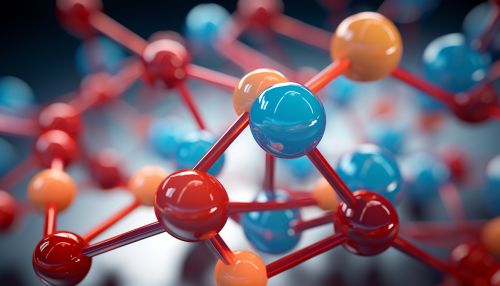
Role of Proteomics in Aging Research
Proteomics is crucial in aging research for several reasons. First, it allows for the comprehensive analysis of protein expression, modifications, and interactions in cells, tissues, and organisms. This information is essential for understanding the molecular mechanisms underlying aging and age-related diseases. Second, proteomics can identify biomarkers for aging and age-related diseases, which can be used for diagnosis, prognosis, and monitoring of therapeutic interventions.


Protein Expression and Aging
The expression levels of many proteins change with age. Some proteins are upregulated (increased in expression), while others are downregulated (decreased in expression). These changes in protein expression can affect various biological processes, including cellular senescence, inflammation, oxidative stress, and DNA damage, all of which are associated with aging and age-related diseases.
Protein Modifications and Aging
Proteins can undergo various modifications, such as phosphorylation, glycosylation, and acetylation. These modifications can alter the function of proteins and affect their interactions with other molecules. Age-related changes in protein modifications can contribute to the functional decline observed in aging.
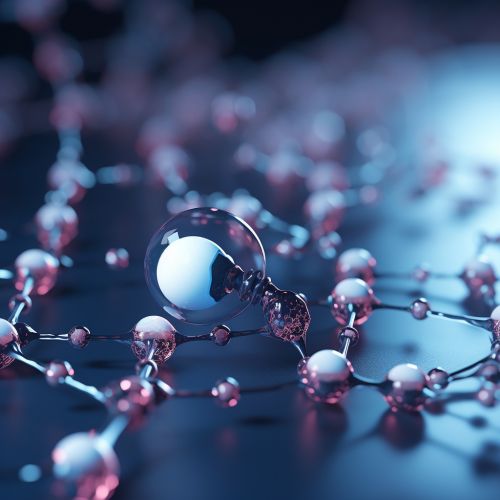

Protein Interactions and Aging
Proteins do not function in isolation; they interact with other proteins and molecules to carry out their roles. Changes in protein interactions can disrupt cellular functions and contribute to the aging process. Proteomics can provide insights into these changes by identifying the interaction partners of proteins and mapping out the protein interaction networks in cells.
Proteomics Techniques in Aging Research
Several proteomics techniques are commonly used in aging research, including mass spectrometry, two-dimensional gel electrophoresis, and protein microarray. These techniques allow for the identification, quantification, and characterization of proteins in biological samples.
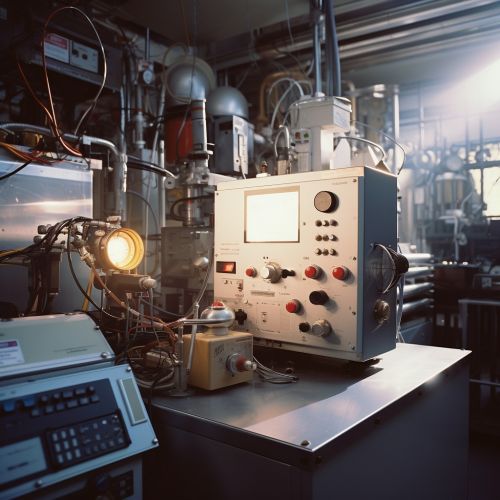
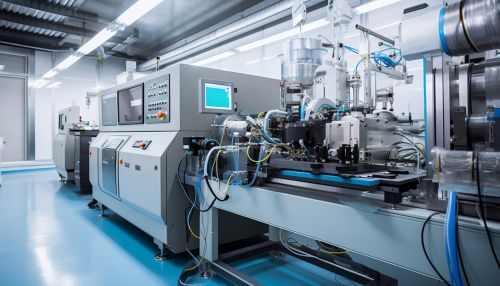
Mass Spectrometry
Mass spectrometry is a powerful technique for protein identification and quantification. It can also provide information about protein modifications and interactions. In aging research, mass spectrometry is often used to compare the proteomes of young and old individuals or healthy and diseased tissues.
Two-Dimensional Gel Electrophoresis
Two-dimensional gel electrophoresis separates proteins based on their isoelectric point and molecular weight. This technique can reveal differences in protein expression and modifications between different samples. In aging research, two-dimensional gel electrophoresis is often used to identify proteins that are differentially expressed or modified with age.
Protein Microarray
Protein microarray is a high-throughput technique that allows for the simultaneous analysis of thousands of proteins. It can be used to study protein expression, modifications, and interactions on a large scale. In aging research, protein microarray is often used to identify aging-related biomarkers and therapeutic targets.
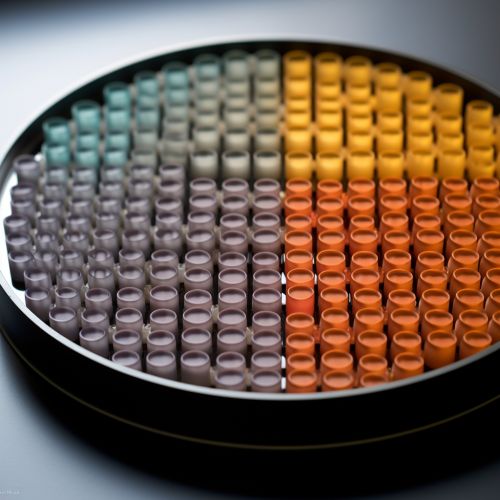
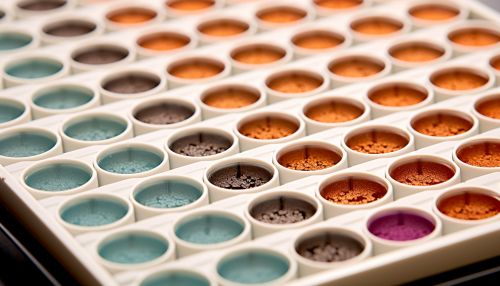
Challenges and Future Directions
Despite the significant progress made in the field of proteomics and aging research, several challenges remain. These include the complexity of the proteome, the dynamic nature of proteins, and the difficulty in interpreting proteomics data. Future research should focus on developing more advanced proteomics techniques, improving data analysis methods, and integrating proteomics with other omics technologies, such as genomics and metabolomics, to gain a more comprehensive understanding of the aging process.
